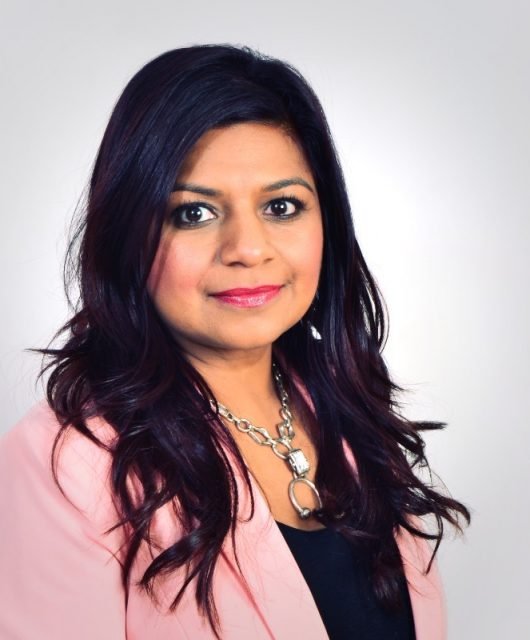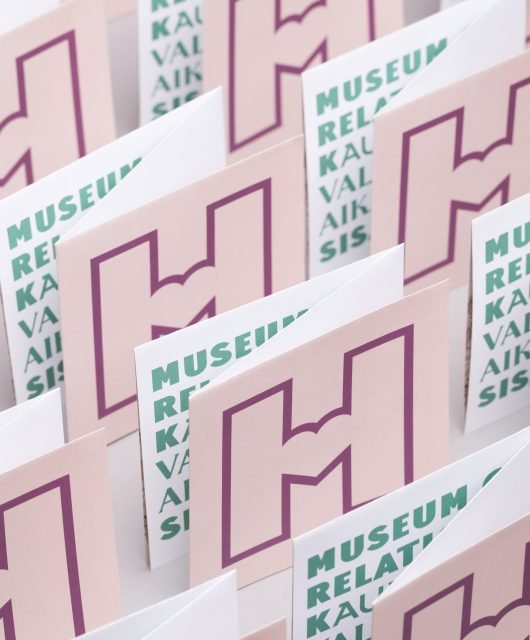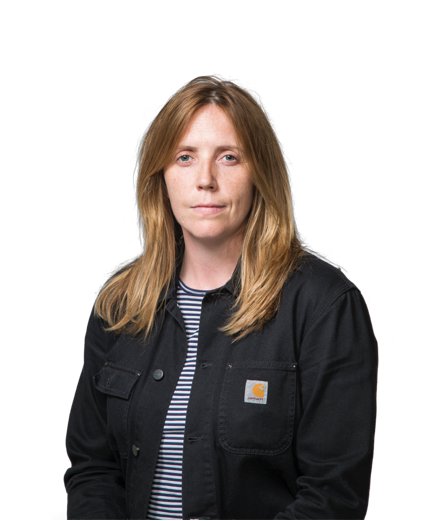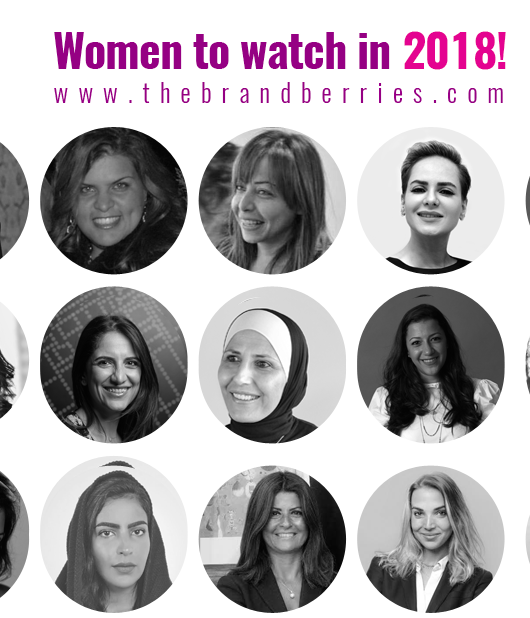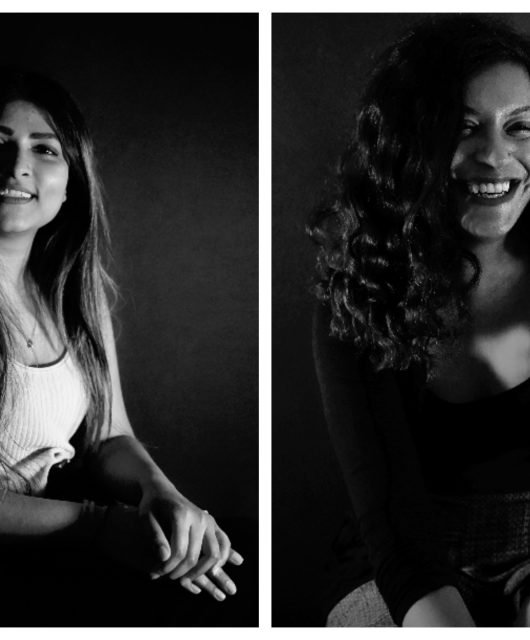Brands and Consumer Behavior Shift During Ramadan : Q&A With Buzzeff’s Jerome Mouthon
Ramadan is the Middle East’s Super Bowl. During this holy month, there’s a noticeable shift in consumer behavior, a change in what consumers shop, how do they consume media, and there emerges a huge engagement opportunity for brands in the Middle East. The Berries interviewed Jerome Mouthon, Founder and Chairman of Buzzefftv MEA, for his take on how should brands embrace the shift in consumer behavior during Ramadan.
BB: Can you give us some insights on the changes in Middle East consumer behaviour during the Holy Month of Ramadan?

JM: As an advertising platform, the main change we see every year during Ramadan are consumers’ habits relating to digital consumption. People spend more time ‘online’ and tend to access sites using their smart mobile phones. During the Holy Month, 82% of website traffic comes from mobile – which is substantially more than what we see during other times of the year.
80% of online users in MENA prefer to break their fast with family at home. Families tend to eat out less, and instead cook at home while trying new recipes they have researched online. This explains the 50% spike in search performance of food recipes and food website during Ramadan.
BB: Spending patterns shift dramatically during Ramadan. How did the spending patterns of Middle East’s consumers have evolved in the past five years?
JM: Ramadan is one of the busiest times for GCC retailers. In the past five years, consumer spending patterns have increased 50% year-on-year in terms of spending capacity value or the amount people spend on particular goods both during online and offline shopping. However, consumers become more active online because of their shortened working hours and increased internet usage after Iftar.
Ramadan is also a prime time for retailers to unveil a number of special offers. Online shopping registers an increase of 20% on electronics and gadgets because of massive promotions and competitive deals. People tend to spend less on travel during Ramadan as they are fasting. Travel sales start to increase in the run up to Eid Al-Fitr where people get extended holidays.
There is also a splurge purchase of yogurt, egg, milk and other dairy items when it comes to the market shopping category during Ramadan. Dairy products are more in demand as they provide a great source of nutrition to people who fast.
BB: Digital media consumption in MENA has risen in the last few years, producing unique evolution in entertainment patterns during Ramadan. What’s your forecast of the digital media consumption this year?
JM: As TV consumption continues its downward trajectory, at least when it comes to traditional TV, smartphone adoption continues to become a lifestyle as people are spending less time in their living rooms or on their desktops. The duration of daily digital consumption was around 82 minutes in 2010. This has increased to 224 minutes in 2017 and is expected to reach 230 mins by the end of this year.
With the increasing rate of digital media consumption, brands have the opportunity to take advantage of the trend by increasing their visibility online and reaching out to the right audience. Buzzeff is looking at a stable growth of 20-25% media spend across the board, more specifically in online video advertising. As a result, brands become more enthusiastic about the ROI they get from investing in online advertisements.
BB: How can brands capitalise on the changes in consumer and spending behaviours during the Holy Month of Ramadan to increase brand awareness and sales?
JM: Brands can capitalise on the changing behaviours of consumers by creating authentic advertisements that are relevant to Ramadan traditions and values predominantly on mobile. This means that the online advertisements should be mobile-friendly and are worthy of being shared. They should be strategically scheduled during the best peak Ramadan times to gain wider engagement.
While Iftar is the best time for television to get consumers’ attention as they break their fast at home, there are still more opportunities on other channels such as internet, as based on consumers’ growing digital media consumption.
BB: Usage patterns confirm that mobile opportunity in MENA during the Holy Month of Ramadan is massive. Please elaborate.
JM: During Ramadan, MENA consumers spend more time on their mobiles rather than desktops or tablets. Being the most convenient device for online consumers, mobiles perform best in terms of search performance. In Ramadan, people have reduced working time work and spend more time resting. This create a pattern where majority of the consumers spend time online while taking rest.
Brands in the MENA region can reach their target audiences effectively when they are more familiar with what kinds of ads and which formats work best for their campaign. Buzzeff offers outstream premium advertising formats, which are designed to be viewable and appear in relevant and safe environments (positive and negative keyword targeting), thus provide higher engagement and better user-experience on mobile.
Generally, brands will need to consider mobile formats more than ever before, practically because consumers can be easily engaged online on their mobile during Ramadan. It is important that advertisers and publishers take consumers’ changing lifestyle brought about by a particular season. In this way, they can fully capture their attention and eventually build customer loyalty, not only during Ramadan, but the whole year around.

